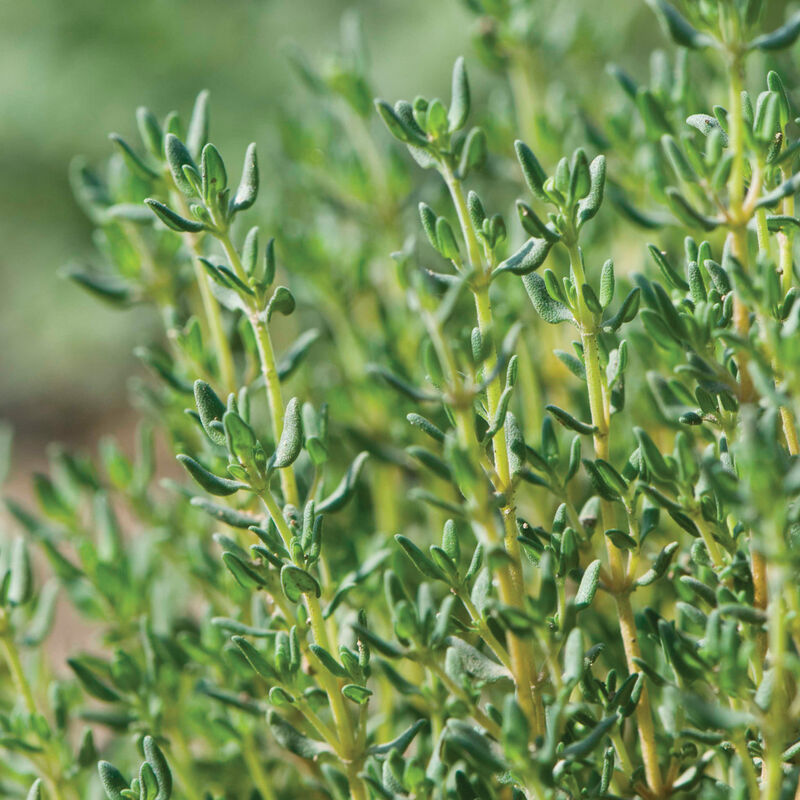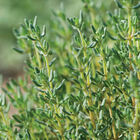German Winter Thyme Seed
Product ID:940.11940
German Winter Thyme Seed
Product ID:940.11940
The standard winter-hardy thyme.
Good flavor and yield. Classic culinary and ornamental herb. Small, round to needle-shaped evergreen leaves on woody stems. Mulch in cold winter climates. Perennial in Zones 5–8.Specs:
DAYS TO GERMINATION:
14-21 days at 65–70°F (18–21°C).SOWING:
Transplant (recommended): Start seeds in flats 8-10 weeks before the last frost. Sow seeds on top of the growing medium and cover with a thin layer of soil mix. Keep moist until germination. Transplant to individual containers when plants have 4 true leaves. After the last frost in spring, transplant outside and space 6-8" apart, in rows 12-18" apart. Pinch off growing tips of upright growing varieties to make bushier plants.LIGHT PREFERENCE:
Sun/Part Shade. In very hot climates, thyme will need part shade to do well.SOIL REQUIREMENTS:
Thyme grows best in light, dry, well-drained soil.PLANT HEIGHT:
Varies.PLANT SPACING:
6-8".HARDINESS ZONES:
Varies.HARVEST:
Cut only a few stems the first year in order for the plants to winter over. In subsequent years, harvest just as the flowers being to open. Cut back to within 4-5" above the ground.Note: Thyme will become woody and needs to be divided or replaced after 3-4 years.
SCIENTIFIC NAME:
Thymus spp.Johnny's is committed to your success, every step of the way.
We want you, our customer, to be 100% satisfied with all of our seeds, tools, and supplies.
If anything you purchase from us proves unsatisfactory, we will either replace the item or refund the purchase price.






